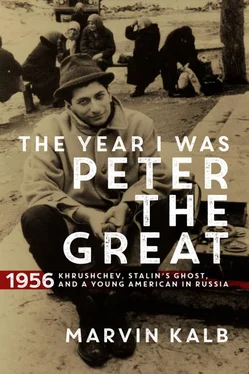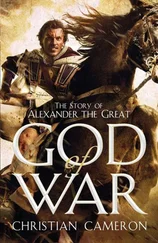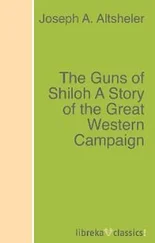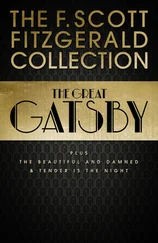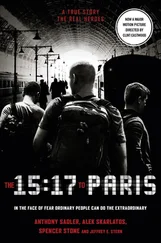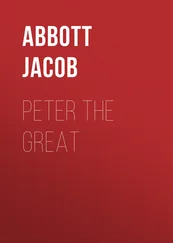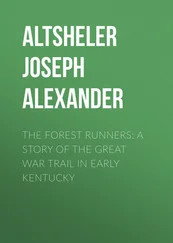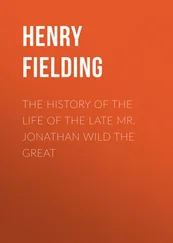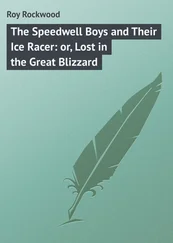A few days after the initial arrests, Hogan widened his net. He arrested three players from Long Island University—Sherman White, LeRoy Smith, and Adolph Bigos. They were charged with throwing games, not just spreading points. Eventually, Hogan was to arrest thirty-two players from seven colleges across the country, including Bradley and Kentucky. Coach Rupp, who had boasted, “They couldn’t reach my boys with a ten-foot pole,” watched in humiliation as his All-America center, Bill Spivey, among others, was arrested and led off by police.
My sense of gloom came with many questions. How could I have missed this story? More important, how could Holman have missed it? How could a great coach not have wondered why shots that should have been made were missed, why usually smooth players could become so sloppy? Almost every day I asked Holman for an interview. He waved me off. For a time he seemed to go into a shell.
The good old days were never to return. Holman knew it, but rarely second-guessed himself—he was, after all, “the master.” I assume he must have indulged in what the Soviets used to call self-criticism, admittedly for Holman a tough thing to do. If he had simply alerted his players to the many dangers of gambling at the Garden, if he had urged them to report any approaches by mobsters, if he had had a closer personal relationship with the players and discussed their problems, he might then have been in a position to preempt the obvious temptations laid before the players by the likes of Sollazzo and Gard. But Holman was not that kind of coach. He believed his news clippings and he kept his distance. After the 1959–60 season, Holman retired, the questions “Did he know?” and “What did he know?” still hanging over his head and his legacy.
* * *
Did you ever hear of the “alveolar ridge”? I suppose I should have heard of it years before I was a senior at City College. I was a devoted listener of two CBS Radio newscasts: one was the World News Roundup at 8:00 a.m., and the other was Edward R. Murrow’s 7:45 p.m. report. On both newscasts I heard superb reports delivered in a variety of accents. Howard K. Smith had a slight southern accent, Peter Kalischer had a New York accent, and Murrow had what was called “great American speech.” Mine was closer to Kalischer’s, but I would have preferred that it be closer to Murrow’s, especially if I was ever to be a CBS reporter.
One day, while reviewing course opportunities for my senior year, I discovered that I needed to take and pass seven courses to get my degree, four in the fall semester and three in the spring, meaning I had room for an additional elective. Encouraged by a friend (I didn’t really need much encouragement), I decided to take a course called “English Speech.” I wanted to speak better. I wanted, if possible, to sound more like Murrow than Kalischer. In this effort, I learned about the mysterious alveolar ridge, which, from birth to death, affected the speech pattern of almost every New Yorker.
My professor, whose name I have forgotten, was a young Englishman who superciliously looked down on the speech patterns of all Americans, including Murrow. He would have us read Shakespeare as if we were all Globe actors, hitting every word with the right inflection, and of course we regularly failed to meet the impossible standards he set. One day, listening closely to my Hamlet, he asked, “When you say the word ‘tight,’ or ‘nasty,’ does your tongue tip your alveolar ridge?” In truth, I thought my professor had just gone mad.
“Alvila ridge?” I asked, thoroughly bewildered.
“Alveolar ridge,” he snapped, correcting me. “Did your tongue tip the alveolar ridge when you were saying a word with a t or d in it?” I could not answer his question, and I was one of his better students.
Our frustrated professor pinned a large, side-view image of the human head on the blackboard and he pointed to two ridges, one on the roof of the mouth, just behind the front teeth, the other on the bottom of the mouth behind the lower teeth. With a pointer, he tried to explain the problem and offer a solution. It was not easy. “New Yorkers,” he said, “have a special problem. When they use dental consonants, like a t or a d , they let their tongues hit the back of their teeth rather than the alveolar ridge in front. That more than anything else produces the so-called New York accent. But if they allowed their tongue to tip off the alveolar ridge, not the back of their teeth, they would be taking a big step toward ‘great American speech.’” It was not that simple or automatic, but he had a point.
For the rest of the semester, leading to my graduation from City College, I practiced hitting my t ’s and d ’s off my upper alveolar ridge, and it worked. I began to move away from my New York accent toward “great American speech.” Though my reading of Hamlet improved, I was still nowhere near Murrow. But I was improving my speech in English at the same time as I began speaking Russian, where, I learned, I did not have to worry about t ’s, d ’s, and the alveolar ridge. Russian had its own peculiarities and posed its own challenges.
CHAPTER THREE
Teddy, Joyce, and Journalism
Of all of my professors at City College, Theodore (Teddy) Goodman, the irascible one, stands on a dubious pedestal of his own. In one scene, remarkable and for me unforgettable, he opened my eyes to a career in journalism, but not in the way he, or I, might have imagined.
Short, on the pudgy side though not heavy, bespectacled, balding, he was always in motion, not just physically but also intellectually. He wore jackets that seemed never to have been pressed, and his ties, always loosely knotted, were spotted with leftovers. His round face was a study in unpredictability, one expression shifting to another without warning: a grimace suddenly collapsing into a smile, a frown into a silly cackle. His hands, rarely content to rest in his pockets, drew odd patterns in the air while he lectured. He would, most of the time, lecture behind a rickety podium in the front of the room, but just as often he could be lecturing from the back of the room, or the side—always, it seemed, with the window wide open, winter or summer. He was a chain-smoker, one Camel cigarette after another. Ignoring every fire code, he would crush lit butts on the already filthy floor or flick them with a mindless abandon through the open window, striving, even at his age, to look bohemian. For Teddy Goodman, he seemed to be telling his students, there were no rules of etiquette.
His scholarship, such as it was, was not impressive. Over a long teaching career spanning thirty years, from 1922 to 1952, he wrote only two books: Narrative Structure and Style , a textbook of no distinction, and Maria Edgeworth: Novelist of Reason , a study of an early nineteenth-century Irish writer, which was quickly forgotten if remembered at all. Goodman was not a scholar; he was a teacher. His classroom was his pulpit; his students were his joy and frustration. His literary Bible was Dubliners , a collection of short stories by James Joyce, which Goodman discovered when he was a Phi Beta Kappa student at City College. His legacy was English 12, a creative writing course he started in 1926.
A charitable judgment of his pedagogical approach would be that he frightened as many students as he inspired. He could be brutal in his criticism of a student’s paper; certainly he seemed indifferent to a student’s feelings. One day my brother, Bernard, a 1942 graduate of City College, bumped into his friend Paddy Chayefsky, a student who had survived Goodman’s English 12 course and become a successful playwright. They were discussing a homework assignment. “It’s one word. That’s the key,” Chayefsky hinted, breaking one of Goodman’s sacred sanctions. “Never share information about homework!”
Читать дальше
